The exciting metropolis of Tokyo is certainly fascinating, but why not go a little further afield?
In fact, just an hour or two by train from Tokyo, you can enjoy the breathtaking nature, majestic history and relaxing culture of Japan.
In this article, we introduce you to five selected day trip destinations that will make your experience in Japan even more unforgettable.
- 1. Hakone – Nature, art and the spectacular view of Mount Fuji
- 2. Nikko: experience the majesty of a World Heritage Site and the mystery of nature
- 3. Kamakura: the flavor of the ancient capital and the openness of the coast
- 4. Lake Kawaguchiko (Five Fuji Lakes) – a symbol of Japan, with a close view of the majestic Mount Fuji.
- 5. Kawagoe – stroll through ‘Koedo’ in search of Edo period relics
1. Hakone – Nature, art and the spectacular view of Mount Fuji
A healing space of nature and art
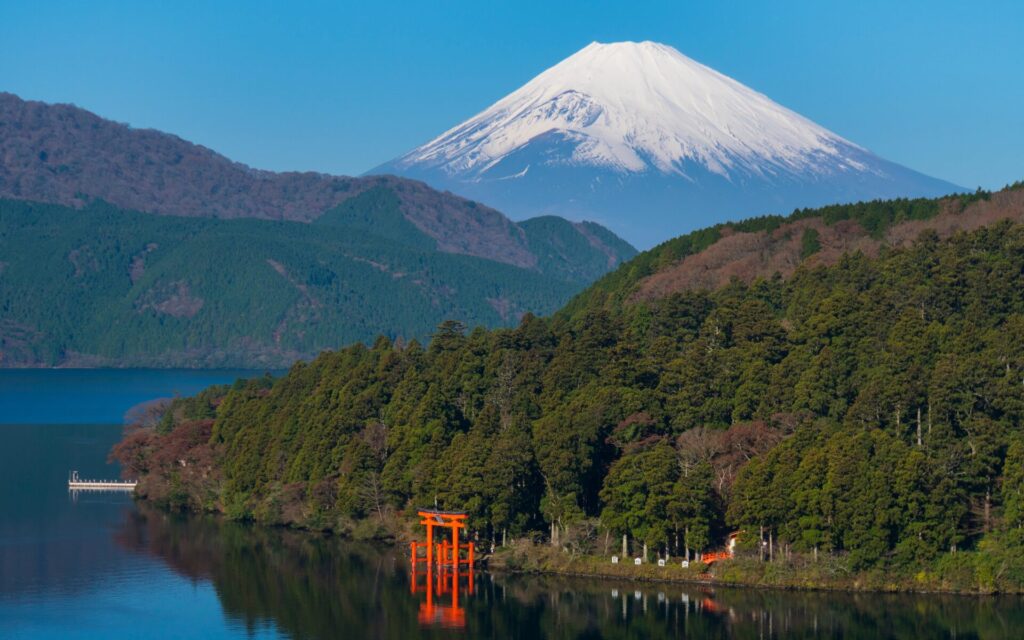
Hakone is an exquisite tourist destination that satisfies all the senses, combining magnificent nature, world-class art and hot spring culture.
Access from the city center is extremely easy, and a comfortable ride is guaranteed using the limited Romance Car express. Cruises on Lake Ashinoko, a variety of museums, hot springs and, above all, the spectacular view of Mount Fuji, are sure to attract visitors.
Fuji and a variety of activities.
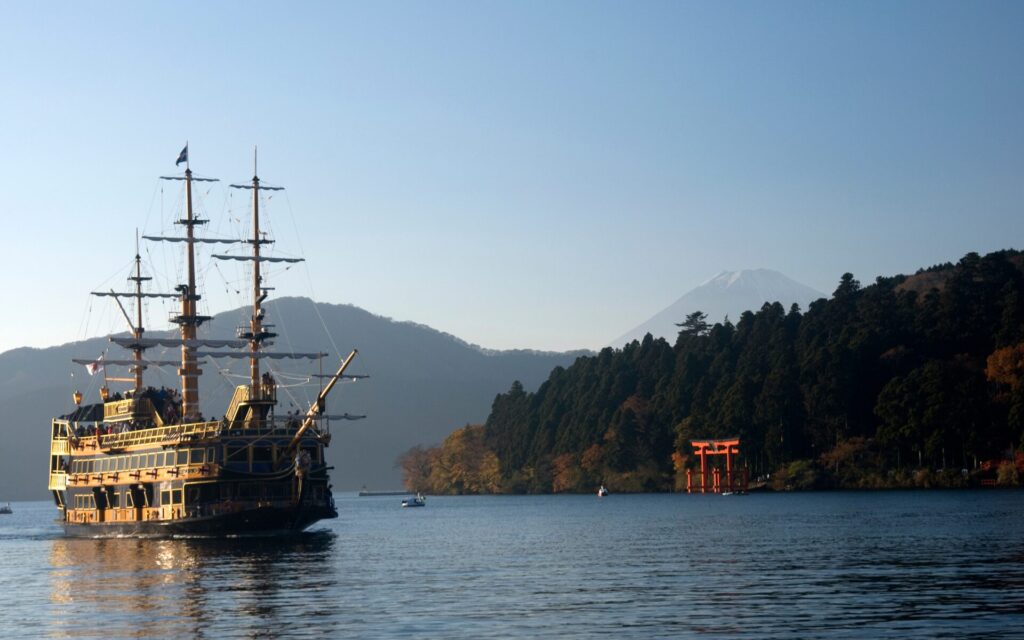
The Hakone Open Air Museum offers a unique experience of nature and art in harmony, with contemporary works of art scattered throughout the vast garden. The Picasso Museum is also attached to the museum and is a must-see for art lovers.
At Lake Ashi you can also enjoy a cruise on a pirate ship amidst picturesque scenery. The view of Mount Fuji from the boat or from the Owakudani station on the Hakone cable car is truly spectacular. If you are lucky, you may even be able to see “Fuji upside down” reflected on the surface of the lake.
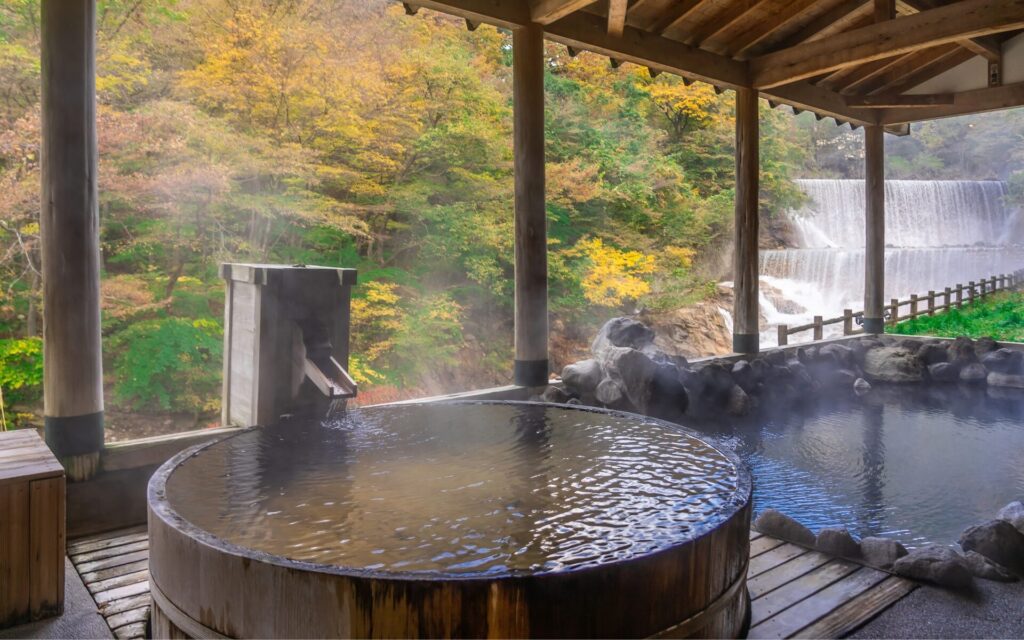
To round off your trip, we recommend spending an elegant moment at one of the hot springs available for day trips.
Smart access and enjoyment
Consider purchasing a Hakone Free Pass, which includes transportation and use of the facilities. It’s an economical way to make the most of your time. For convenient travel, we recommend booking the limited Romance Car express departing from Shinjuku.
2. Nikko: experience the majesty of a World Heritage Site and the mystery of nature
Japanese spiritual culture lives on in a World Heritage Site.
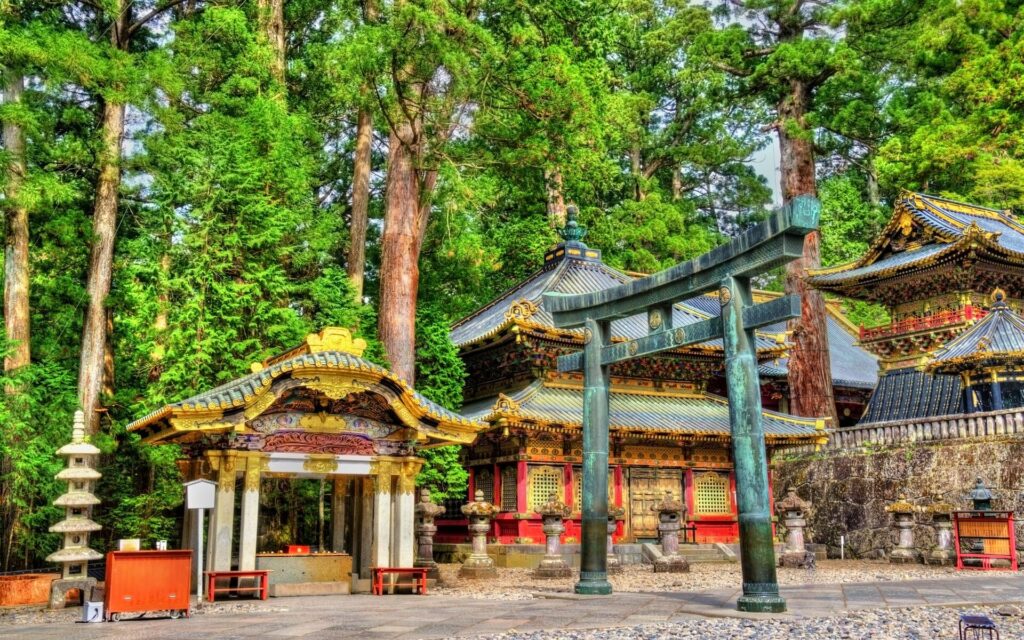
Nikko is a place of solemn and mystical charm, with its World Heritage shrines and temples that tell the story of the glory of the Tokugawa shogunate and its profound natural environment.
Historic buildings such as the Nikko Toshogu Shrine, inscribed as a UNESCO World Heritage Site, are a collection of the best of Japanese architectural beauty and spiritual culture. Dynamic natural scenery such as Kegon Falls and Lake Chuzenji can also be enjoyed at the same time.
Majestic architecture and overwhelming natural beauty
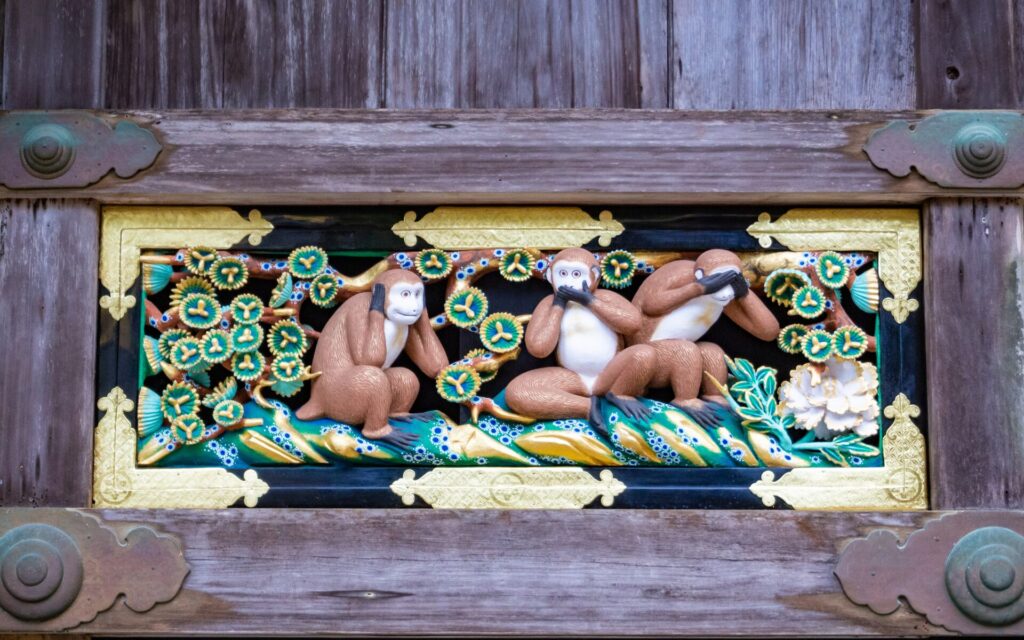
Stand in front of the Yomeimon Gate of Nikko Toshogu Shrine and you will be overwhelmed by the sumptuous ornamentation and intricate carvings. The three monkeys, “see no evil, speak no evil, hear no evil,” and the sleeping cat are just a few of the stories found in the details.
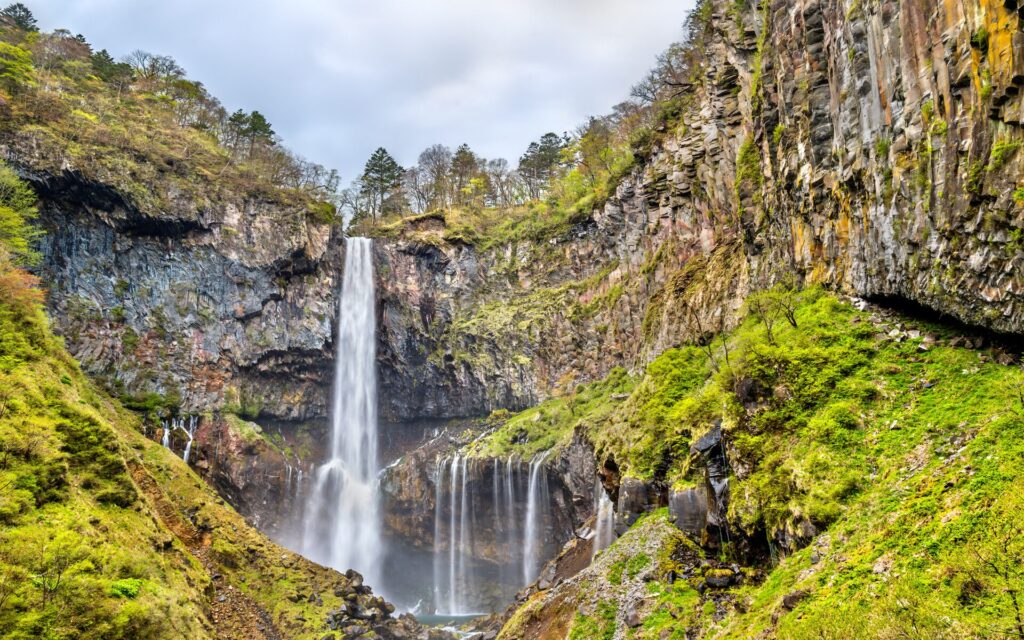
After feeling the sacred air of the shrine, take a bus up Iroha Hill to Kegon Falls, one of the three most famous waterfalls in Japan. Ride the elevator down to the observation deck and experience the force and roar of water cascading down from a height of 97 meters, and realize the grandeur of nature. Further afield, you can spend some quiet time on the shores of peaceful Lake Chuzenji.
Travel tips for a vast area
Nikko is dotted with sights over a wide area, so it is important to plan your visit with plenty of time to spare. Tobu Railway’s Spacia X Express trains from Asakusa and Shinjuku offer comfortable travel, with private rooms available. The World Heritage Site is a long walk, so wear comfortable shoes.
3. Kamakura: the flavor of the ancient capital and the openness of the coast
Ancient capital perfumed with history and sea breeze.
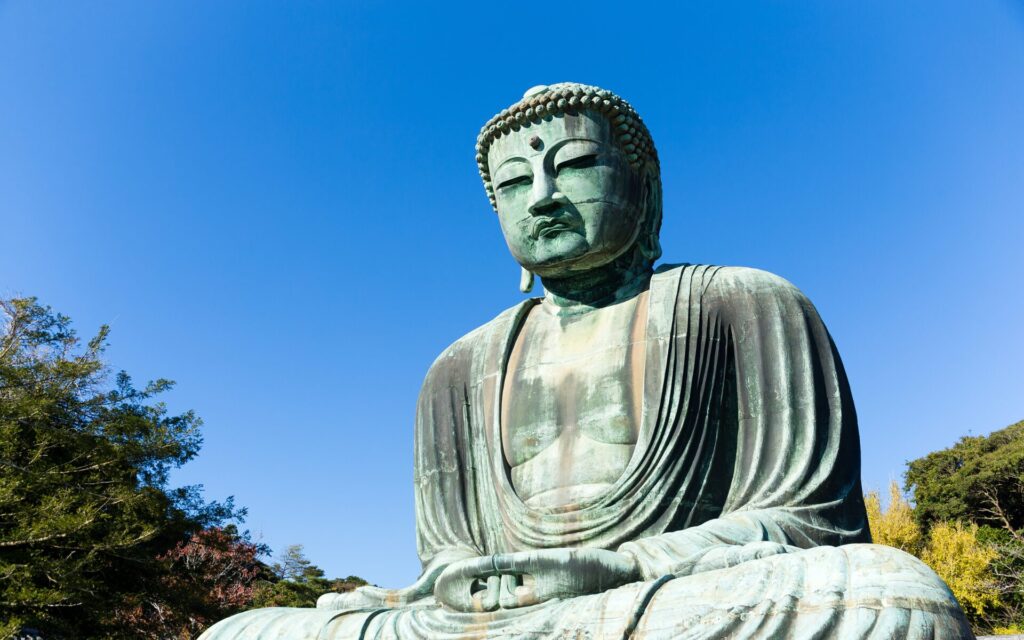
Once the capital of Japan, Kamakura is an ancient city with a picturesque open-air charm, where historic temples and shrines coexist with a beautiful coastline.
Descubre los lugares más interesantes de Tokio
It has many faces, such as the Great Buddha of Kamakura, one of the symbols of Japan, the tranquil atmosphere of Zen temples and beaches where surfers congregate. It is also easily accessible, being only an hour from central Tokyo.
The Great Buddha of Kamakura (seated statue by Amida Nyorai), housed in the Kotokuin temple, deeply impresses the viewer with its size and peaceful expression. Visitors can even enter the belly and contemplate the casting techniques of the time.
From the Big Buddha to the bamboo forests, a memorable landscape
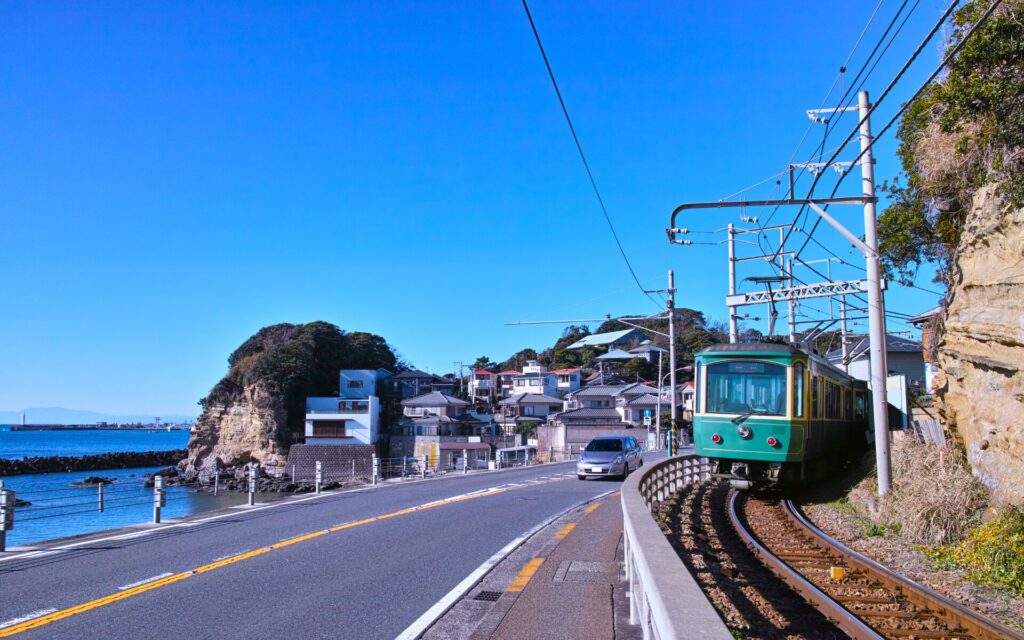
Also famous for its beautiful bamboo forest, Hokoku-ji Temple offers a tranquil and luxurious experience, where you can enjoy a cup of matcha tea while admiring the bamboo garden. Another unique experience is to pray for good luck with money at Zenarai Benzaiten Ugafuku Shrine, where it is said that washing coins will increase their value. In the afternoon, take a stroll along Yuigahama Beach or enjoy the coastal scenery on the Enoden train.
Attractive transportation and local experiences
The JR Yokosuka Line provides easy access to the city. You can explore the area around Kamakura Station, Hase Temple and Daibutsu Buddha on foot, but to go a little further afield you’ll want to take the retro Enoden (Enoshima Electric Railway), buses or rental bicycles.
4. Lake Kawaguchiko (Five Fuji Lakes) – a symbol of Japan, with a close view of the majestic Mount Fuji.
Lakes that reflect the grandeur of Mount Fuji.

As one of the Five Fuji Lakes, Lake Kawaguchi is the perfect place to enjoy the most beautiful view of Japan’s symbol, Mt. Fuji, from many different angles.
The view of Mt. Fuji over the lake is truly breathtaking, with a different appearance in every season. Fuji, including sightseeing boats, cable cars and museums.
A variety of places to enjoy the spectacular scenery

Fuji reflected on the surface of the lake early in the morning on a clear day is breathtakingly beautiful. Take a boat ride on Lake Kawaguchi and enjoy an unobstructed view of magnificent Mt. Fuji from the lake.
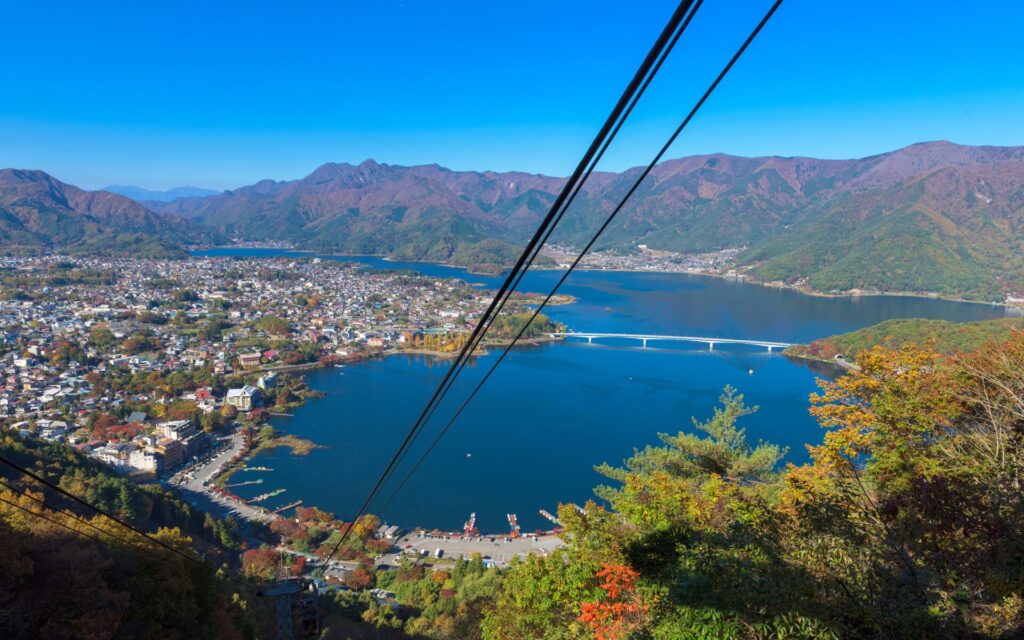
Take the Kachikachiyama cable car to Tenjozan Park for a panoramic view of Lake Kawaguchi and Mt. Fuji.
For the best views
Fuji is very weather-dependent, so be sure to check the weather forecast before visiting. The express bus direct from Shinjuku is the most convenient and comfortable. Tour buses and rental bicycles are useful for getting around the lakeshore.
5. Kawagoe – stroll through ‘Koedo’ in search of Edo period relics
Journey to the timeless “Little Edo”.
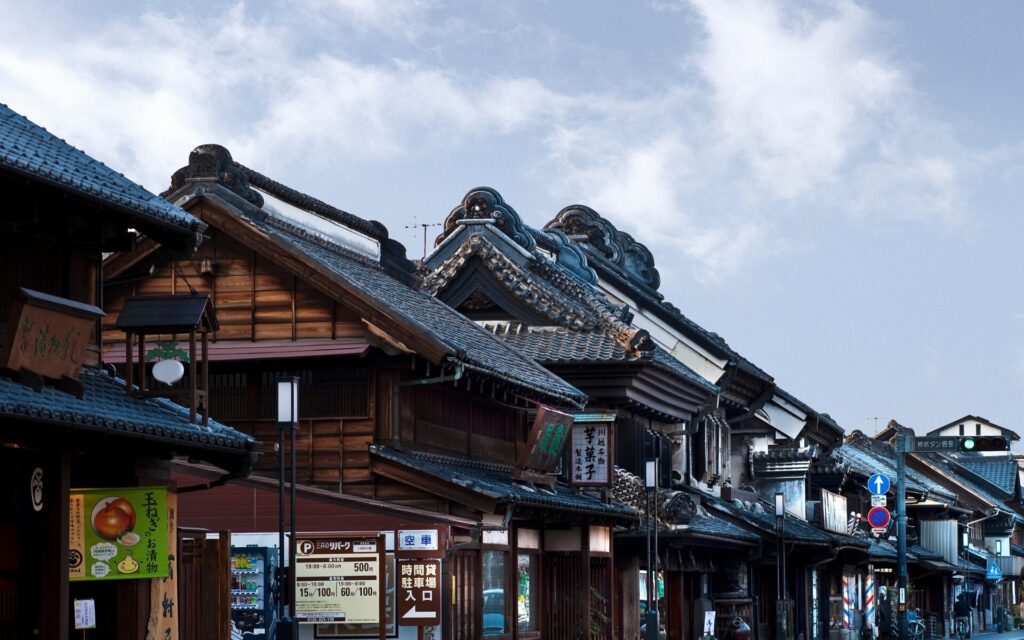
Kawagoe, also known as ‘Little Edo’, is a charming town with its Edo-period warehouse atmosphere, where you can experience a trip back in time.
Despite being less than an hour from Tokyo, the town is full of historic buildings and offers visitors a taste of traditional crafts and food culture. You can enjoy a nostalgic atmosphere completely different from that of modern Tokyo.
Warehouse-style streets and nostalgic flavors
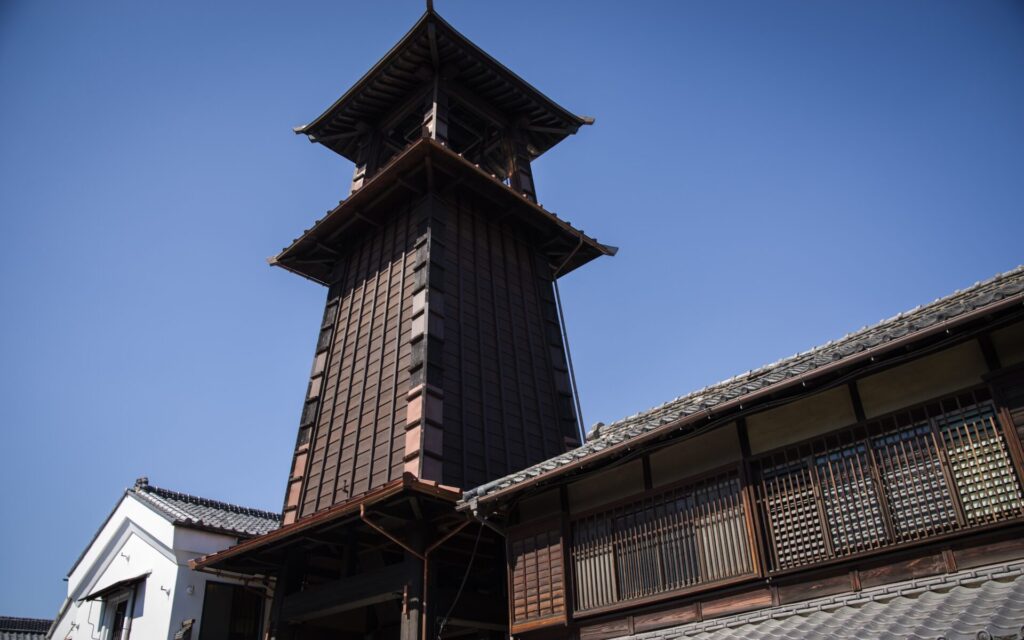
The rows of stately kura-zukuri merchant houses are the symbol of Kawagoe. Just strolling through the streets will make you feel as if you have stepped into the Edo period. The Time Bell, a city landmark, still rings beautifully several times a day. You can find old-fashioned sweets and enjoy eating them in Kashiya Yokocho, a street lined with candy stores.
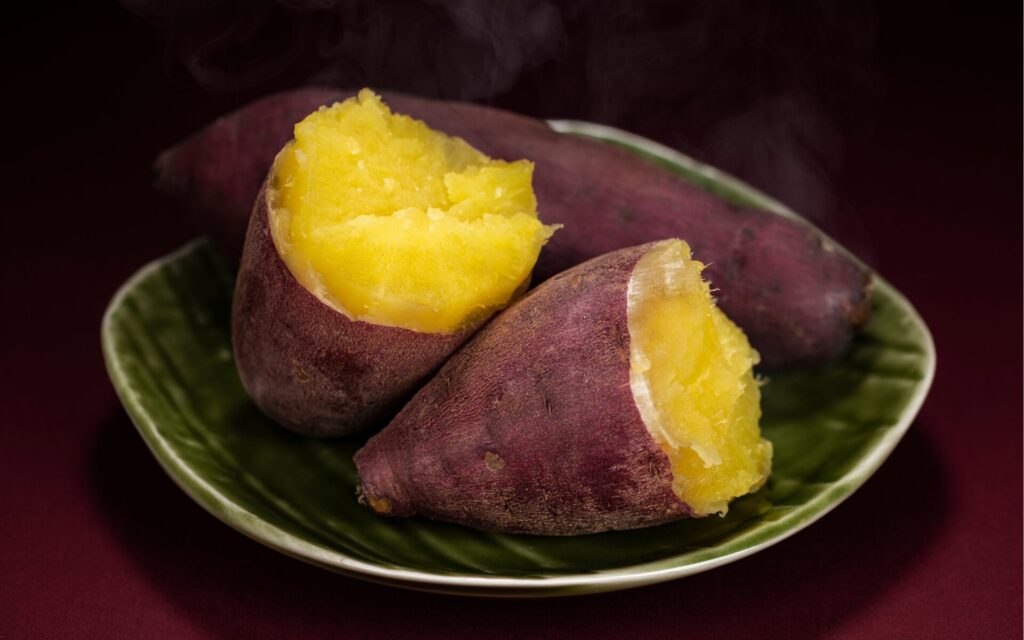
Kawagoe is famous for its sweet potatoes, and sampling a variety of sweets, such as potato kenpi and sweet potato, is another way to enjoy the area. If you rent a kimono and take a stroll around town, you will feel even more immersed in the atmosphere of Koedo.
A quick and easy visit to Edo
The city can be reached from Ikebukuro on the Tobu Tojo Line or from Seibu Shinjuku Station on the Seibu Shinjuku Line. The main sights can be visited on foot, but the Koedo Kairobus, a bus with a retro hood, is also a stylish way to get around. It is recommended to visit on weekdays if possible, as it can be crowded, especially on weekends.
Descubre los lugares más interesantes de Tokio



